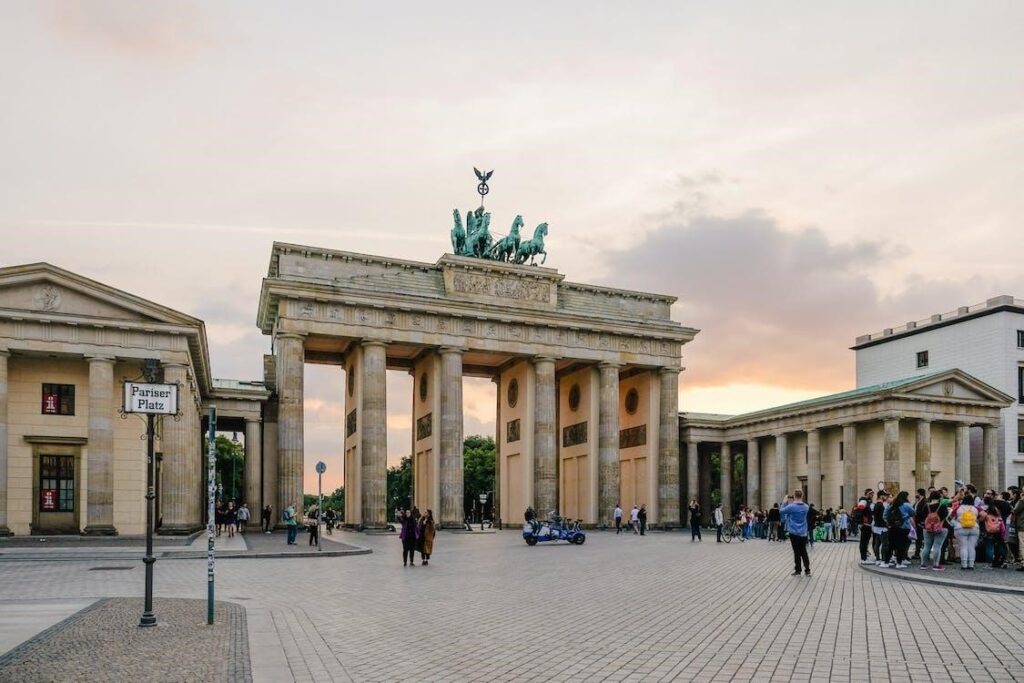Top 5 Historically Preserved Places In Germany
Germany is known to be a place rich in history. This history has not been preserved for decades but for centuries. This country is one of the top countries in the world where you will find castles and emblems you thought to have only existed in pictures and history books. That is one of the major reasons why Germany remains a top option for tourists who are really into history.
If you are also interested in learning about the world’s history by visiting some countries and seeing historically preserved places as old as time, then you should visit Germany. Here are some of the places you should feast your eyes upon when you do that.
1. Trier
Starting with the oldest city in Germany, Trier is a charming city founded way back in 16 BC during the reign of Roman Emperor Augustus and has maintained that charm till today. Trier houses some of the most important treasures in Roman history. This includes the Porta Nigra, which is the best-preserved city gate in Roman history, the Amphitheatre, the oldest church in Germany, which is St. Peter’s Cathedral and even the famous imperial Baths.
2. Rakotzbrucke
Also known as the Devil’s bridge, the Rakotzbrucke looks and feels like something that can only be found in one’s imagination or fairytales. Yet, it feels so surreal that this bridge exists and is entirely manmade as it was built by human hands. History shows that the bridge was built between 1075 and 1200 AD. The second one was built in 1753, and some adjustments were made in later years.
Devil’s bridges get that name due to how spectacular they look, as people cannot seem to wrap their heads around how they could build such bridges without the devil’s help. This legend common in Germany goes that the devil builds such bridges in exchange for the soul of the first person crossing it. However, this bridge still gets that name, although it was entirely manmade, as it is just ethereal.
3. Schweriner Schloss
This is another equally impressive sight in Germany, as it looks just as unreal as the Rakotzbrucke. Schweriner is the kind of castle you believe you can only see in princess fairytale movies because of how wonderful it is. It is just wild to know that something as astonishing as that exists in Germany.
This castle used to be the Grand duke of Mecklenburg’s residence until about a century ago. However, it has remained the center of power in Mecklenburg as it is now the parliament seat. This astonishing castle, surrounded by numerous lakes and forests, was built by Duke Friedrich Franz II sometime between 1847 and 1857, and it is a beautiful depiction of German Baroque architecture.

4. Kloster Maulbronn
Founded in 1147, the Maulbronn monastery is one of Europe’s best-preserved monasteries. It is also regarded as the most complete monastery complex of medieval times. This monastery with heavily fortified walls is clearly separated from the town as it lies on the outskirts. However, it is a beautiful depiction of first-generation Cistercian architecture. To date, the water-management system at this monastery remains the most extensive and best-preserved Cistercian water system, despite the several changes encountered, which include the drainage of numerous reservoirs and the expansion of the Maulbronn town.
The impressive architecture of this monastery is one to bask in, along with the beautiful stoneworks and decorations that can be found here. In addition, there is a massive library here which book lovers will certainly love.
5. Welterbe Zollverein
Built centuries ago in 1847, Zollverein coal mine industrial complex remains one of the most impressive ones when looking at the industrial world today. From 1851 to 1986, over two hundred and forty million tonnes of hard coal was mined in Zollverein. In 2001, the coal mine and coking plant became inscribed on UNESCO’s World Heritage list and has since been regarded as one of the most important cultural assets in the world. It clearly depicts how nature and culture have reclaimed the former industrial complex.
It is also proof of Europe’s industrial heritage as it used to be not just the biggest coal mine in Germany but the entire continent of Europe.

No Comments